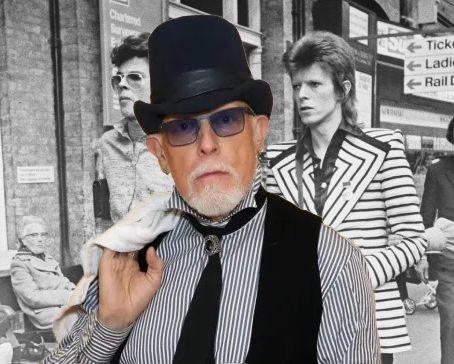 Antony Price, the flamboyant designer whose iconic silhouettes dressed members of Roxy Music, Duran Duran and even Queen Camilla, passed away on Wednesday at the age of 80.
Antony Price, the flamboyant designer whose iconic silhouettes dressed members of Roxy Music, Duran Duran and even Queen Camilla, passed away on Wednesday at the age of 80.
He made his final public appearance last month at a much-acclaimed fashion show presenting his one-off collaboration with Marco Capaldo for 16Arlington. A final bow, luminous and true to his singular elegance.
The fashion world is deeply saddened by the loss of Antony Price. He was not only an exceptional designer, but also a dear friend, whose generosity of spirit, wisdom and warmth profoundly touched all who had the privilege of knowing him.
Antony Price was not simply a designer. He reigned. A discreet king in the kingdom of fashion. His genius, technical mastery and vision were unmatched. It is heartbreaking to reflect that his immense talent was not always recognised, during his lifetime, with the acclaim it so richly deserved. Continue reading

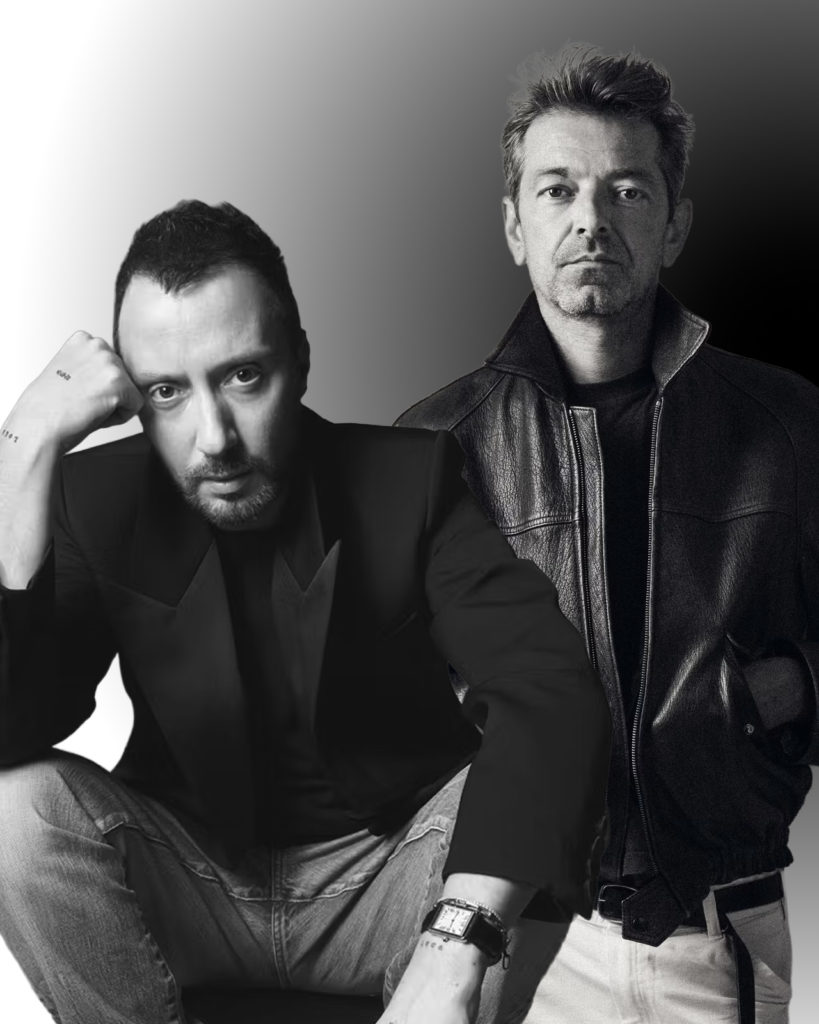 Pieter Mulier moves through fashion the way some men move through life, with the anxious elegance of those who know destiny enjoys changing its mind at the last moment. As artistic director at Alaïa, he has put breath back into a house once thought frozen, as one might crack open a window in a room admired too long in silence. Since 2021, something has begun to beat again at Alaïa, and Richemont, not exactly known for sentimentality, has grown attached. One does not easily let go of a man who reminds you that clothing can still have a soul.
Pieter Mulier moves through fashion the way some men move through life, with the anxious elegance of those who know destiny enjoys changing its mind at the last moment. As artistic director at Alaïa, he has put breath back into a house once thought frozen, as one might crack open a window in a room admired too long in silence. Since 2021, something has begun to beat again at Alaïa, and Richemont, not exactly known for sentimentality, has grown attached. One does not easily let go of a man who reminds you that clothing can still have a soul.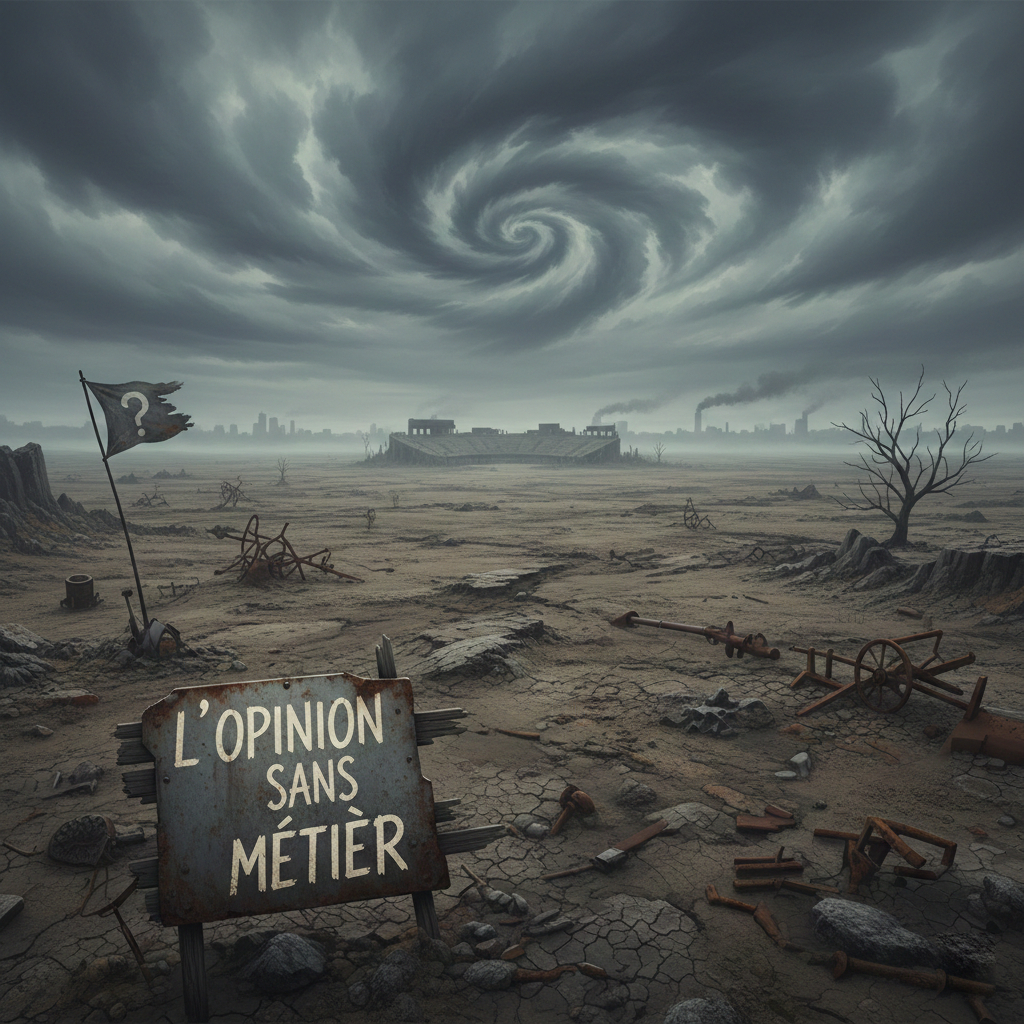 We live in a marvelous age: everyone is a specialist in everything, provided they have never practiced anything. Knowledge is deemed suspicious, experience arrogant, and competence downright indecent. Today, it is enough to speak in order to exist, and better still: to speak badly, and above all, at great length. Opinion has become a career, and ignorance a posture.
We live in a marvelous age: everyone is a specialist in everything, provided they have never practiced anything. Knowledge is deemed suspicious, experience arrogant, and competence downright indecent. Today, it is enough to speak in order to exist, and better still: to speak badly, and above all, at great length. Opinion has become a career, and ignorance a posture.

 It all began one Saturday on an elegant street in Belgravia. Motcomb Street was then home to only one Jimmy Choo boutique, the tiny epicenter of a still-young brand. Hannah Colman sold shoes there on weekends, never imagining that this hushed space would become the starting point of a decades-long story.
It all began one Saturday on an elegant street in Belgravia. Motcomb Street was then home to only one Jimmy Choo boutique, the tiny epicenter of a still-young brand. Hannah Colman sold shoes there on weekends, never imagining that this hushed space would become the starting point of a decades-long story. Consumers still believe they are choosing. They manipulate images of themselves, virtually try on a lipstick or a hairstyle, and call this freedom. In reality, the machine is already watching, already learning, already sorting.
Consumers still believe they are choosing. They manipulate images of themselves, virtually try on a lipstick or a hairstyle, and call this freedom. In reality, the machine is already watching, already learning, already sorting.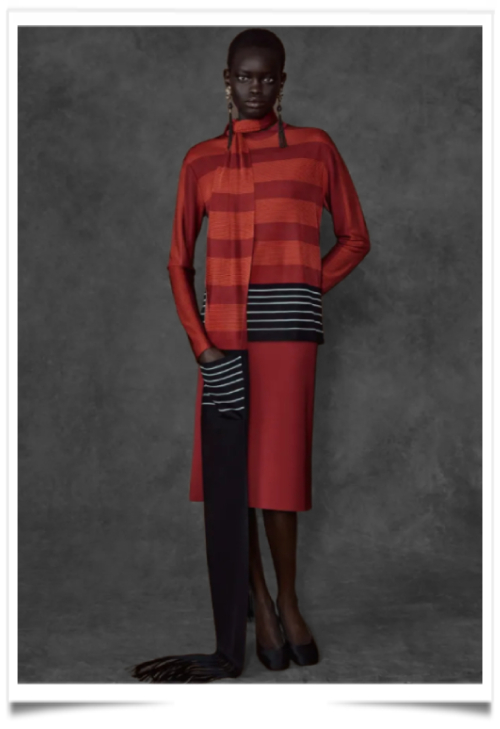 There is something about Maximilian Davis that suggests he moves through the world convinced it cannot quite muster the strength to disturb his inner calm. Even the false fire alarm that drove the entire Ferragamo headquarters onto Milan’s freezing sidewalks only earned from him a gentle look, almost apologetic toward a fate that sometimes insists on making unnecessary noise. Everyone else shivered. He merely seemed to wait for reality to regain its composure.
There is something about Maximilian Davis that suggests he moves through the world convinced it cannot quite muster the strength to disturb his inner calm. Even the false fire alarm that drove the entire Ferragamo headquarters onto Milan’s freezing sidewalks only earned from him a gentle look, almost apologetic toward a fate that sometimes insists on making unnecessary noise. Everyone else shivered. He merely seemed to wait for reality to regain its composure.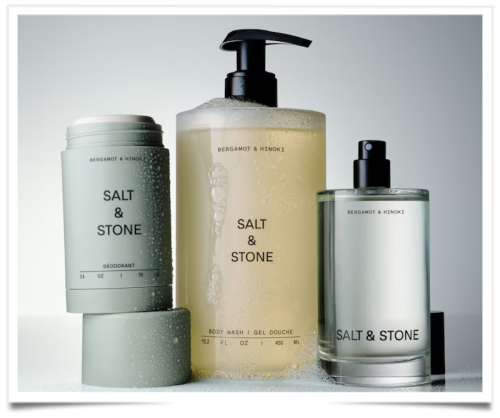 Salt & Stone has emerged as one of the most dynamic players in the body-care market by turning an everyday product into a major commercial success. The California-based brand has built a business valued at 140 million dollars thanks to a flagship deodorant that has become a top seller on both Amazon and Sephora.
Salt & Stone has emerged as one of the most dynamic players in the body-care market by turning an everyday product into a major commercial success. The California-based brand has built a business valued at 140 million dollars thanks to a flagship deodorant that has become a top seller on both Amazon and Sephora.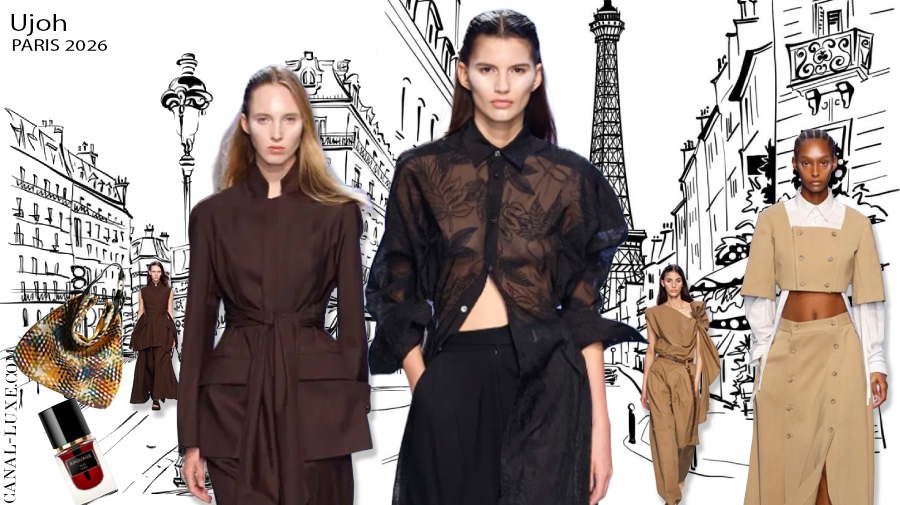
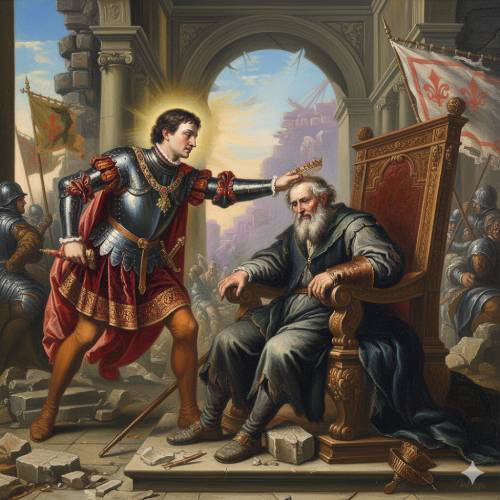 Rumor has it that the Prince of Medici snatched the position from LVMH for the presidency of the Comité Colbert with the same ease he grabs a “Money paint ” at a private sale: silently, but leaving everyone stunned.
Rumor has it that the Prince of Medici snatched the position from LVMH for the presidency of the Comité Colbert with the same ease he grabs a “Money paint ” at a private sale: silently, but leaving everyone stunned.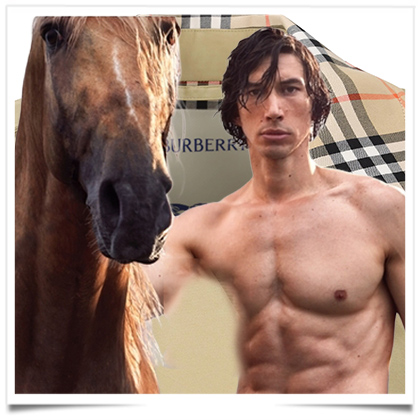 The iconic British house Burberry is consolidating its management team as its sales rebound, particularly in key markets such as the United States and China. In a phase of strategic revitalization, the group has announced two internal appointments aimed at bolstering its executive team.
The iconic British house Burberry is consolidating its management team as its sales rebound, particularly in key markets such as the United States and China. In a phase of strategic revitalization, the group has announced two internal appointments aimed at bolstering its executive team.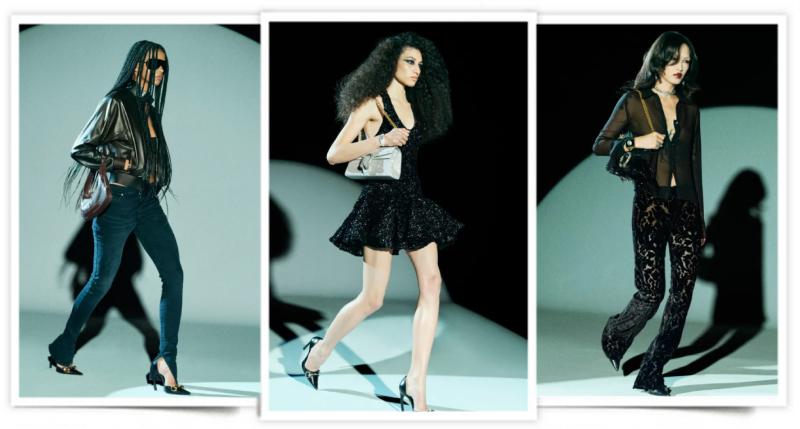
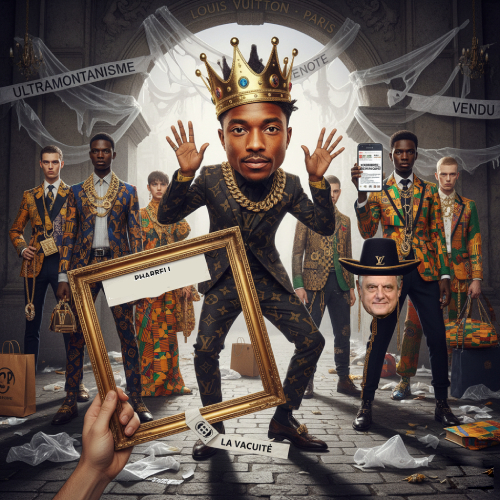 Williams offers us yet another celestial illumination, dressed in Adidas and aphorisms. That evening, under the New York spotlights, he didn’t just accept an award: he delivered a revelation. A sneaker-clad homily. The “shoe of the year” is a nice touch, but above all, it brought us the “quote of the decade.”
Williams offers us yet another celestial illumination, dressed in Adidas and aphorisms. That evening, under the New York spotlights, he didn’t just accept an award: he delivered a revelation. A sneaker-clad homily. The “shoe of the year” is a nice touch, but above all, it brought us the “quote of the decade.” Chanel made its big comeback in New York yesterday with its Métiers d’Art show the first under Matthieu Blazy’s “little pompadour,” a trial by fire that sent a jolt through the city, or at least through everyone who knew where the subway entrance actually was.
Chanel made its big comeback in New York yesterday with its Métiers d’Art show the first under Matthieu Blazy’s “little pompadour,” a trial by fire that sent a jolt through the city, or at least through everyone who knew where the subway entrance actually was.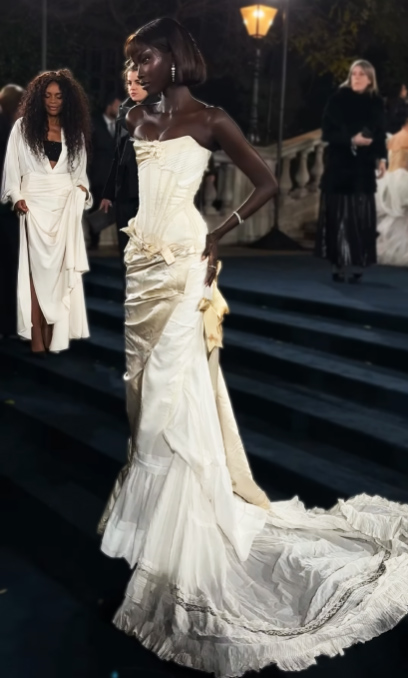 The chief executive of the British Fashion Council, described the Dame du Châtelet, chairwoman and CEO of “Christian J’ADior”, as “one of the most visionary and influential leaders in global fashion a figure whose impact extends far beyond the company itself to shape contemporary culture.” A polite, perfectly calibrated turn of phrase that, in itself, summarised the general mood of the evening: an unqualified celebration of institutional power.
The chief executive of the British Fashion Council, described the Dame du Châtelet, chairwoman and CEO of “Christian J’ADior”, as “one of the most visionary and influential leaders in global fashion a figure whose impact extends far beyond the company itself to shape contemporary culture.” A polite, perfectly calibrated turn of phrase that, in itself, summarised the general mood of the evening: an unqualified celebration of institutional power.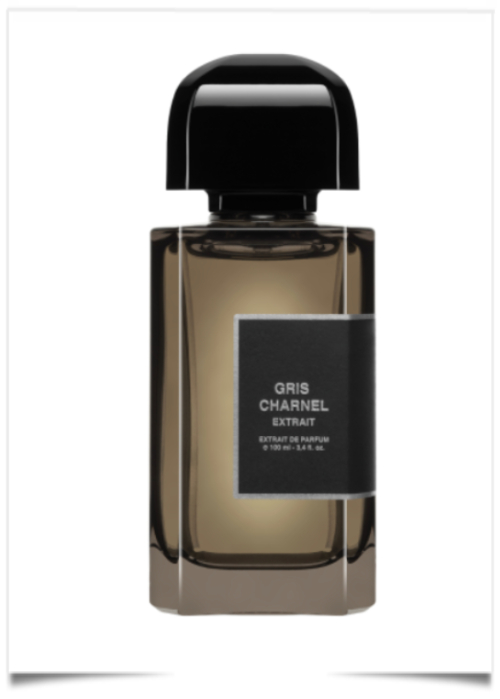 Born in Paris in 1989, David Benedek fell into perfumery the way others fall into the sewers of Paris except his version smelled of jasmine and bargain-basement vetiver. Between two snacks and three spelling tests, his grandmother Édith taught him the sacred art of the perfume bottle and was already predicting a grand destiny for him: “My dear boy, one day you’ll be swallowed by an empire à la Jacquemus, and then you’ll know glory… or Excel spreadsheet purgatory.” Visionary, that Édith.
Born in Paris in 1989, David Benedek fell into perfumery the way others fall into the sewers of Paris except his version smelled of jasmine and bargain-basement vetiver. Between two snacks and three spelling tests, his grandmother Édith taught him the sacred art of the perfume bottle and was already predicting a grand destiny for him: “My dear boy, one day you’ll be swallowed by an empire à la Jacquemus, and then you’ll know glory… or Excel spreadsheet purgatory.” Visionary, that Édith. In the bustling streets of Seoul, where the crowd moves like an invisible current, Louis Vuitton has opened a new space. It is no longer just a store, but a place that aims to tell a story blending the memory of a house with the appetite of an age hungry for experiences. One might see a paradox in it: to win back a distracted younger generation, the answer is not fewer signs, but more, more shapes, more symbols, more fleeting moments to consume.
In the bustling streets of Seoul, where the crowd moves like an invisible current, Louis Vuitton has opened a new space. It is no longer just a store, but a place that aims to tell a story blending the memory of a house with the appetite of an age hungry for experiences. One might see a paradox in it: to win back a distracted younger generation, the answer is not fewer signs, but more, more shapes, more symbols, more fleeting moments to consume.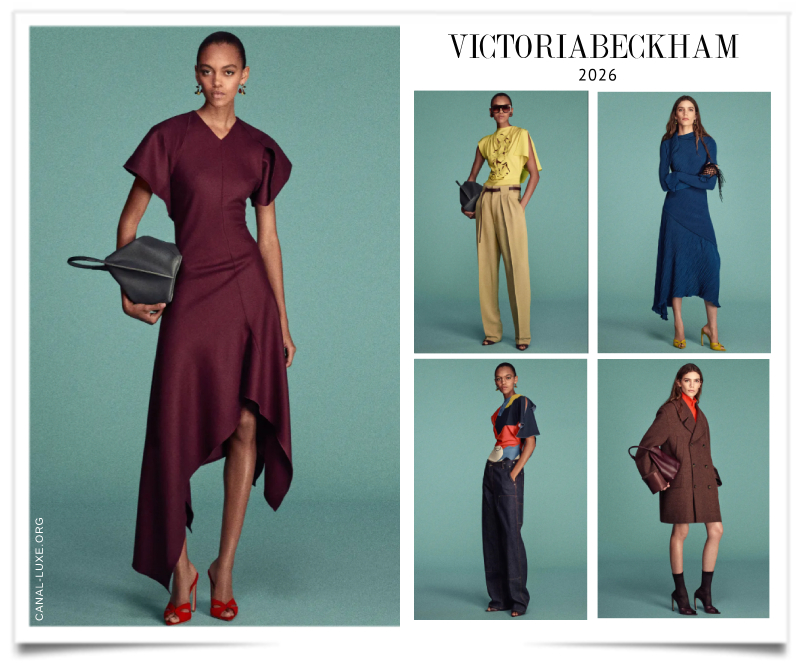 After the release of her mini-documentary charting her career change, broadcast on an international platform, the former singer turned luxury ready-to-wear couturière makes a triumphant return to the studio with a pre-autumn collection defined by sharp lines, considered draping and fluid silhouettes, designed to accompany women from morning until night.
After the release of her mini-documentary charting her career change, broadcast on an international platform, the former singer turned luxury ready-to-wear couturière makes a triumphant return to the studio with a pre-autumn collection defined by sharp lines, considered draping and fluid silhouettes, designed to accompany women from morning until night. For the past few years, the fashion industry has been undergoing a transformation unlike any other a quiet revolution, masked by the glitter of digital marketing. While discussions focus on generative AI and hyper-personalized campaigns, the real shifts are happening elsewhere: in processes, in organizational structures, in consumer habits, and in the power dynamics these tools are reshaping. The vision of Canal-luxe and its leaders sheds light on these overlooked realities realities that will soon determine which brands survive and which fade away.
For the past few years, the fashion industry has been undergoing a transformation unlike any other a quiet revolution, masked by the glitter of digital marketing. While discussions focus on generative AI and hyper-personalized campaigns, the real shifts are happening elsewhere: in processes, in organizational structures, in consumer habits, and in the power dynamics these tools are reshaping. The vision of Canal-luxe and its leaders sheds light on these overlooked realities realities that will soon determine which brands survive and which fade away.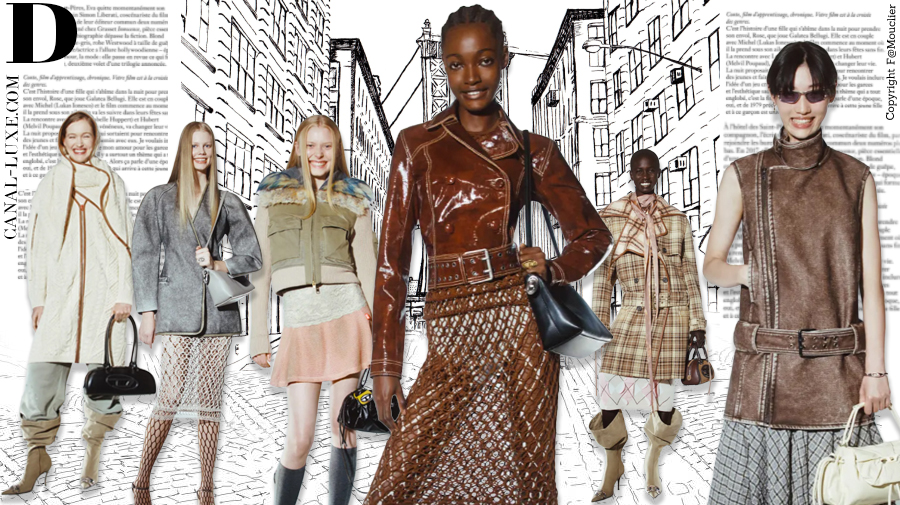 Never expect Glenn Martens to follow the beaten path: he would much rather, as always, take the corner at full speed and let everyone else choke on his dust. In a landscape where every brand seems to beg Gen Z for attention, Martens settled that matter long ago. Under his command, Diesel has become nothing short of an amusement park for Zoomers: iridescent pop, public happenings, and winks to the 1990s and early 2000s an era this generation knows only through the filters of algorithms.
Never expect Glenn Martens to follow the beaten path: he would much rather, as always, take the corner at full speed and let everyone else choke on his dust. In a landscape where every brand seems to beg Gen Z for attention, Martens settled that matter long ago. Under his command, Diesel has become nothing short of an amusement park for Zoomers: iridescent pop, public happenings, and winks to the 1990s and early 2000s an era this generation knows only through the filters of algorithms. 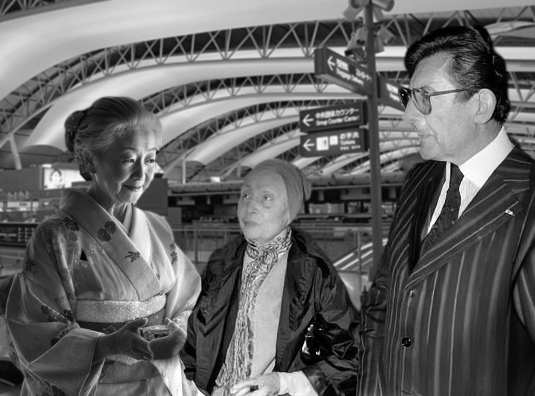 We finally reached the shores of Osaka, a vast hive of metal and wind, escorted by a cohort of journalists and a legion of models from America and France. The entire airport rustled like an ocean stirred by the tumult of currents licking the coasts of Japan: Parisian Haute Couture, arriving in a dazzling procession, awakened in the crowd a frenzy that made the security services nervous and almost fierce.
We finally reached the shores of Osaka, a vast hive of metal and wind, escorted by a cohort of journalists and a legion of models from America and France. The entire airport rustled like an ocean stirred by the tumult of currents licking the coasts of Japan: Parisian Haute Couture, arriving in a dazzling procession, awakened in the crowd a frenzy that made the security services nervous and almost fierce. Rodeo Drive, that tiny strip of asphalt where the sidewalks shine brighter than the financial future of 99% of humanity, has just welcomed a new Bulgari flagship. Four floors of marble, gold, and glass basically a temple where even the door handles probably have tax advisors. Over there, the poor aren’t technically forbidden… they’re just invisible, as if some force field gently redirects them toward less Instagrammable zones. No judgment: it’s just nature. Some places are meant for migrating birds, others for Black Cards.
Rodeo Drive, that tiny strip of asphalt where the sidewalks shine brighter than the financial future of 99% of humanity, has just welcomed a new Bulgari flagship. Four floors of marble, gold, and glass basically a temple where even the door handles probably have tax advisors. Over there, the poor aren’t technically forbidden… they’re just invisible, as if some force field gently redirects them toward less Instagrammable zones. No judgment: it’s just nature. Some places are meant for migrating birds, others for Black Cards.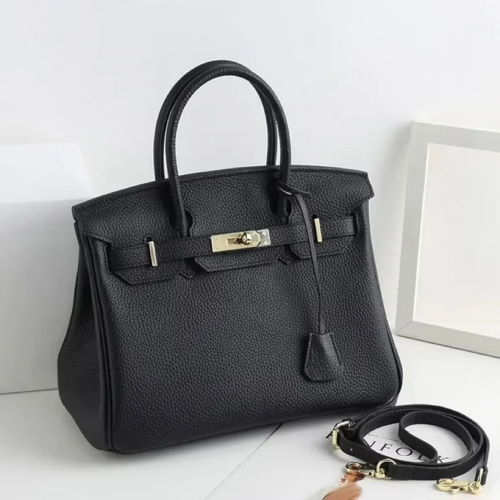 Do you remember Walmart’s “Birkin,” affectionately nicknamed the Wirkin, born as an unintentional tribute to American creativity and a certain impatience with Hermès’ legendary waiting lists? Well, guess what: it’s back shinier than ever ready to parade alongside chrome pickup trucks and XXL burgers.
Do you remember Walmart’s “Birkin,” affectionately nicknamed the Wirkin, born as an unintentional tribute to American creativity and a certain impatience with Hermès’ legendary waiting lists? Well, guess what: it’s back shinier than ever ready to parade alongside chrome pickup trucks and XXL burgers.